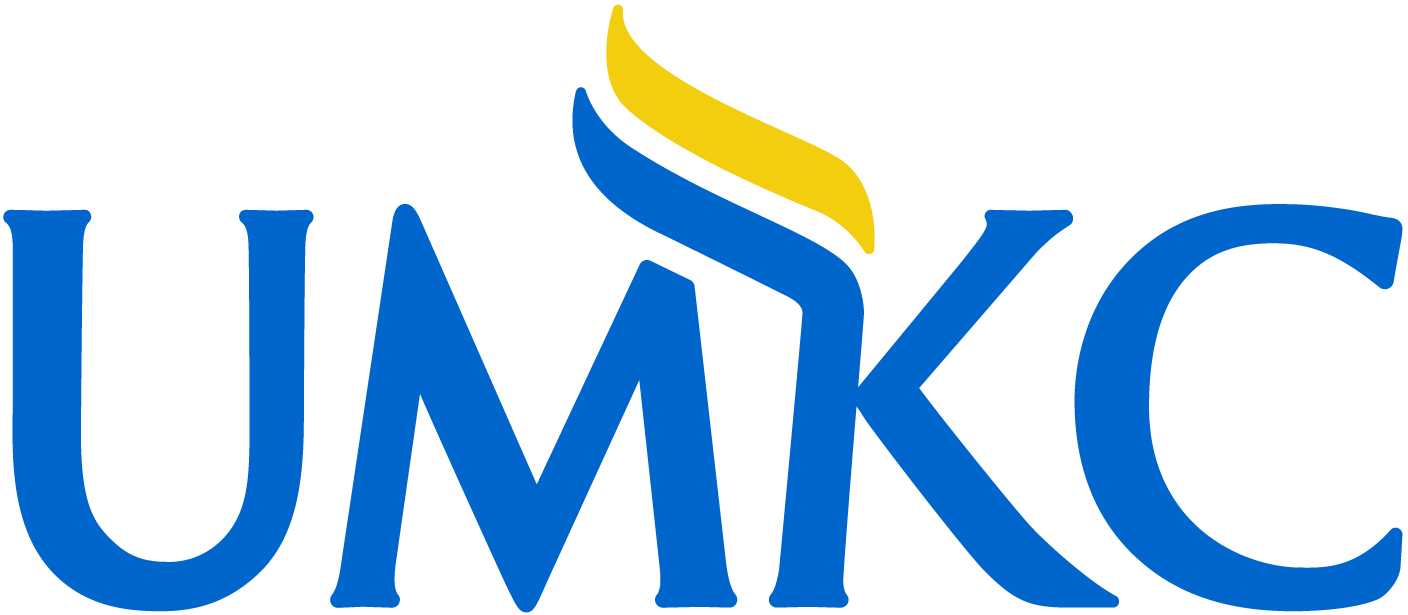PURPOSE: Understand the cost of delivering existing community-based, no cost to participant, aerobic dance and yoga classes in an underserved, racial and ethnic minority community in the Midwest.
DESIGN: Pilot 4-month observational, descriptive, cost analysis of community fitness classes.
SETTING: Community-wide, group-based, fitness classes online, and in parks and community centers in traditionally Black neighborhoods in Kansas City.
PARTICIPANTS: Participants (N = 1428) were recruited from underserved, racial and ethnic minority areas of Kansas City, Missouri.
INTERVENTION: Aerobic dance and yoga classes were provided free of charge to all residents of Kansas City, Missouri online and in-person. Each class was approximately 1 hour, with a warmup and cooldown. All classes were delivered by African American women.
METHODS: Descriptive statistics of the costs for the program are presented. Cost per metabolic equivalents (MET) were calculated. Independent samples t-tests were conducted to examine differences between aerobic dance and yoga cost per MET.
RESULTS: The total program costs were $10,759.88 USD, with 1428 participants attending 82 classes over the 4-month intervention. The cost per MET was $1.67, $1.11, and $0.74/MET-hour/session/attendee for low, moderate, and high-intensity aerobic dance, respectively, and $3.02/MET-hour/session/attendee for yoga. Aerobic dance had a significantly lower cost per MET than yoga (t = 13.6, P < .001, t = 47.6, P < .001, t = 92.8, P < .001, for low, moderate, and high-intensity, respectively).
CONCLUSIONS: Delivering community-based, physical activity interventions in racial and ethnic minority communities is a potential way to increase physical activity. The costs of group-based fitness classes are similar to other physical activity interventions. Further research needs to be conducted on the costs to increase physical activity of traditionally underserved populations who suffer from higher rates of inactivity and comorbidities.
